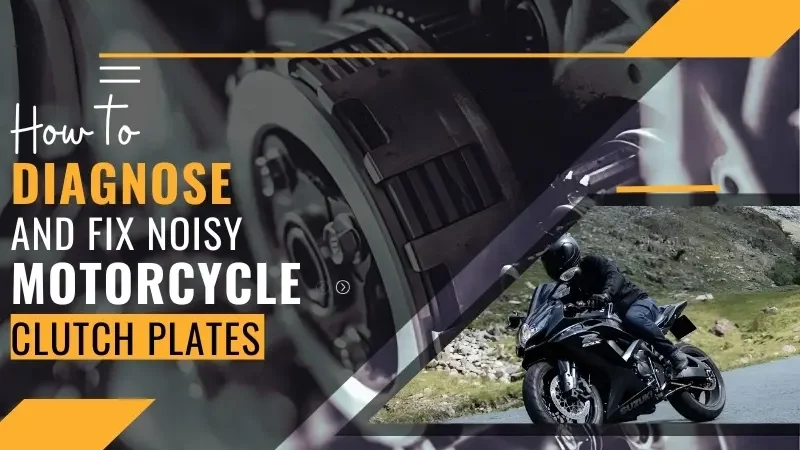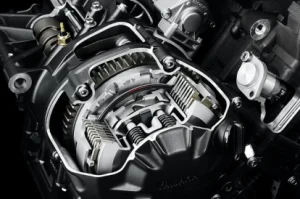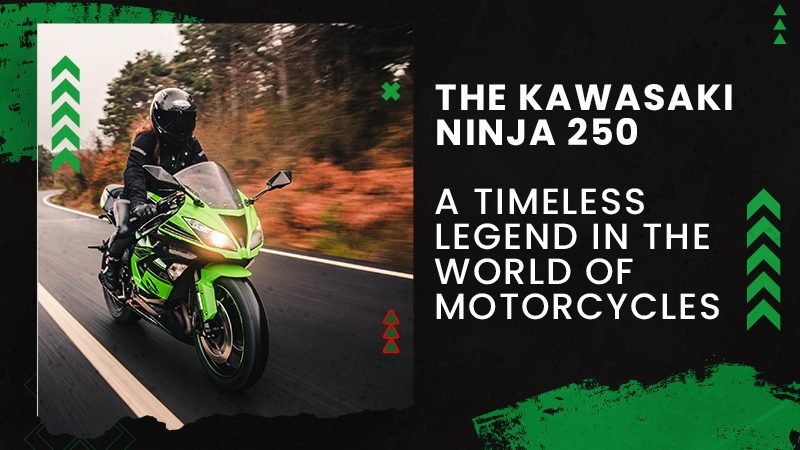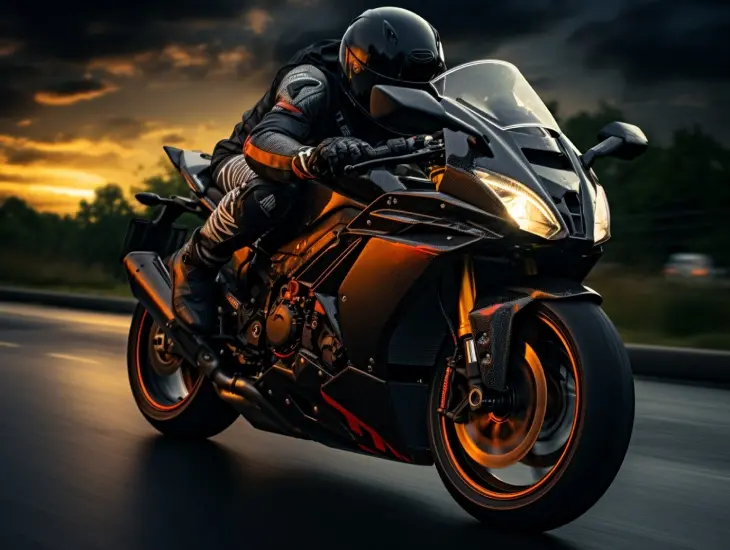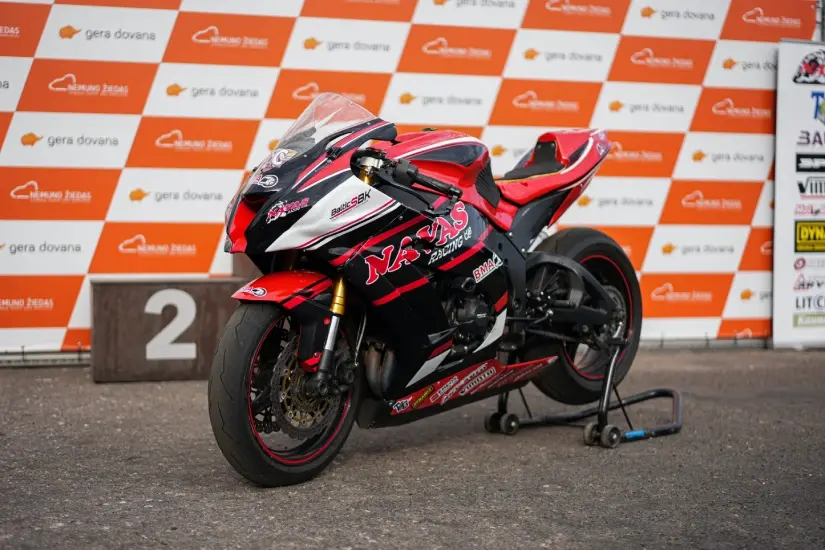Motorcycle suspension plays a crucial role in ride comfort, handling, and overall performance. Whether you are a daily commuter, weekend warrior, or track enthusiast, choosing between adjustable and fixed suspension can significantly affect your riding experience. In this guide, we will break down the differences between the two suspension types, their advantages and disadvantages, and which one is right for your riding style.
What Is Adjustable Suspension?
- Allows riders to modify settings such as preload, compression, and rebound damping.
- Offers greater flexibility for different terrains and riding styles.
- Common in high-performance motorcycles and off-road bikes.
Benefits of Adjustable Motorcycle Suspension
- Customizability: Fine-tune settings for better handling and comfort.
- Versatility: Suitable for multiple riding conditions (street, track, off-road).
- Improved Performance: Helps optimize grip, stability, and control.
- Better Comfort: Adjustments help in reducing shocks and vibrations.
Drawbacks of Adjustable Motorcycle Suspension
- Complexity: Requires technical knowledge to optimize settings.
- Higher Cost: More expensive than fixed suspension systems.
- Maintenance Needs: More components mean increased upkeep and potential repairs.
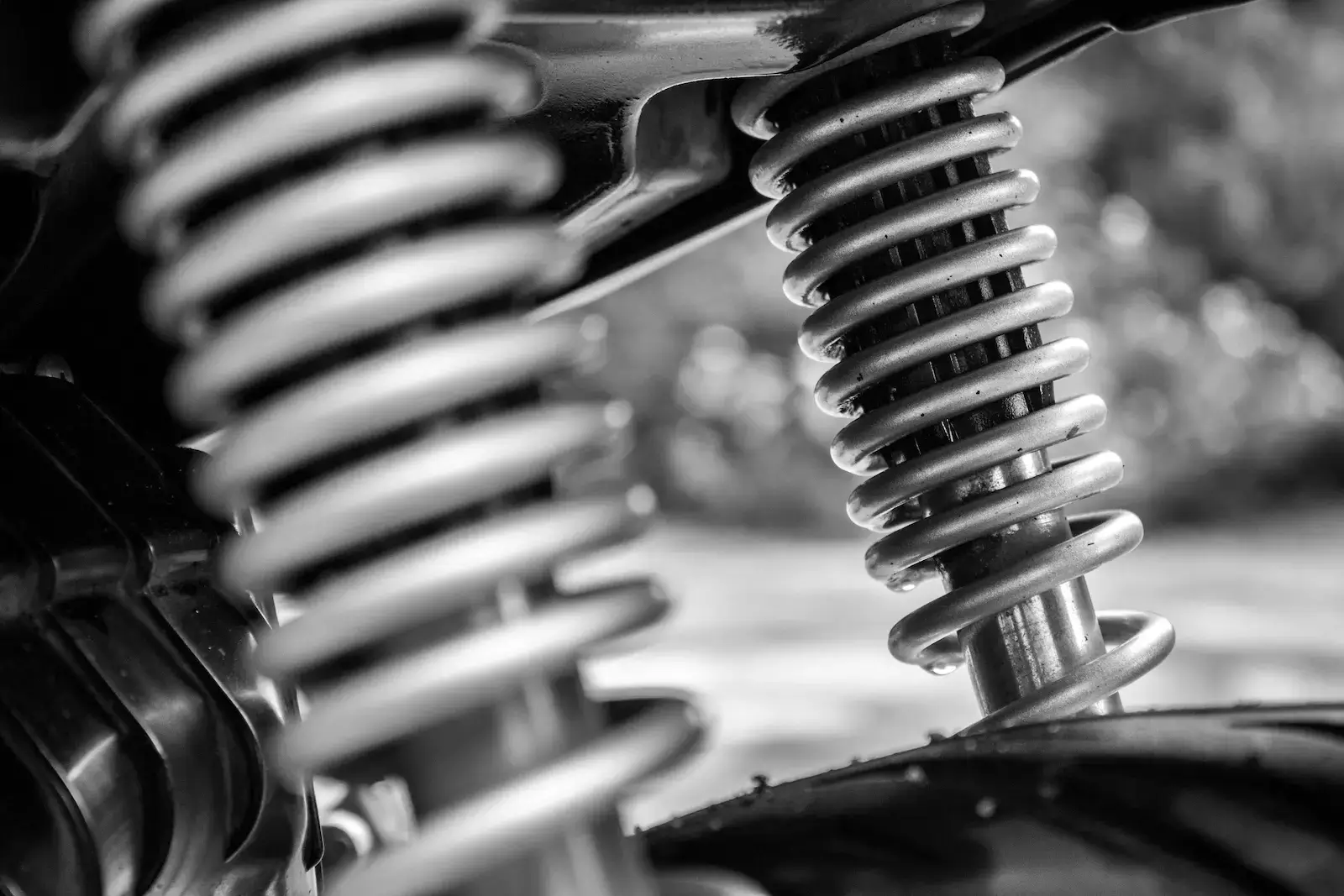
What Is Fixed Suspension?
- A factory-set suspension system with non-adjustable components.
- Typically found on entry-level motorcycles and commuter bikes.
- Designed for general use without the need for adjustments.
Benefits of Fixed Motorcycle Suspension
- Simplicity: No need to adjust settings, making it user-friendly.
- Lower Cost: More affordable than adjustable suspension systems.
- Reliable Performance: Pre-set to work well for average road conditions.
- Less Maintenance: Fewer components mean less risk of mechanical failure.
Drawbacks of Fixed Motorcycle Suspension
- Lack of Customization: Cannot adjust settings for different terrains or loads.
- Potential Discomfort: May not absorb shocks as effectively for aggressive riding.
- Performance Limitations: Not ideal for high-speed or technical riding conditions.
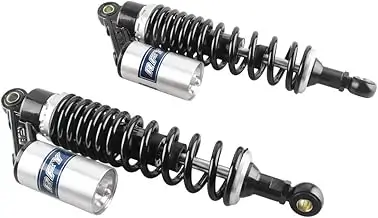
Key Differences Between Adjustable and Fixed Motorcycle Suspension

Who Should Choose Adjustable Suspension?
- Riders frequently switch between different terrains.
- Performance enthusiasts who want maximum control.
- Those who enjoy fine-tuning their bike’s handling.
- Off-road and track riders who need specific suspension settings.
Who Should Choose Fixed Suspension?
- Beginner riders who prefer a simple, hassle-free setup.
- Commuters who ride on predictable, smooth roads.
- Those looking for a budget-friendly motorcycle option.
- Riders who don’t want to deal with constant adjustments.
Factors to Consider Before Choosing
Riding Style
- Sportbike riders: Adjustable suspension provides better cornering and high-speed stability.
- Off-road riders: Need suspension adjustments for different terrains.
- Commuters: Fixed suspension works well for city streets and highways.
Budget
- Adjustable suspension bikes cost more initially and require more maintenance.
- Fixed suspension bikes are more affordable and have lower long-term costs.
Maintenance Commitment
- Adjustable suspension requires regular tuning and potential repairs.
- Fixed suspension is easy to maintain with minimal upkeep.
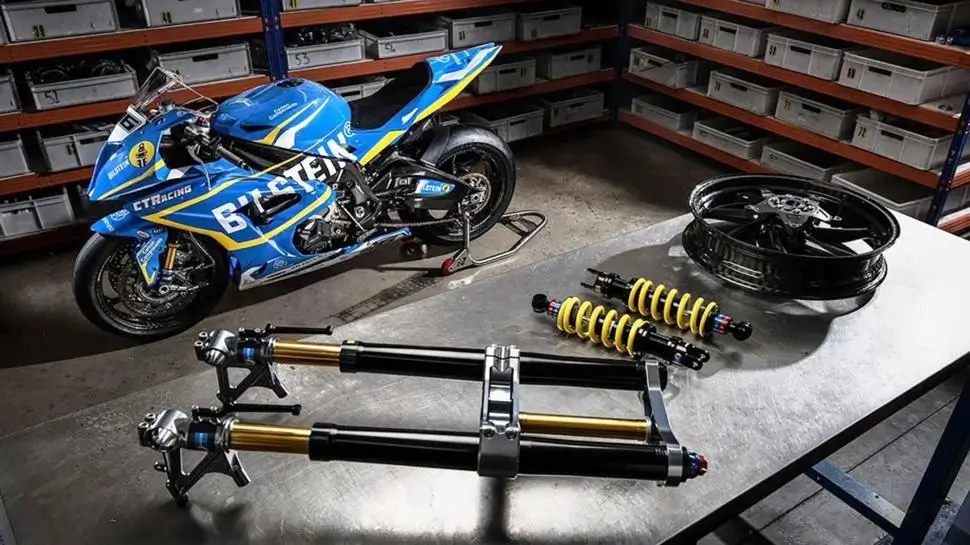
Adjustable Suspension vs. Fixed Suspension: Which One Suits You?
1. Are You a Daily Commuter?
- Fixed Suspension: If you primarily ride on smooth roads and want a hassle-free experience, fixed suspension is a great choice.
- Adjustable Suspension: If you experience varying road conditions and want extra comfort, the adjustable suspension allows better tuning for different surfaces.
2. Do You Ride Off-Road?
- Adjustable Suspension: Off-road riding requires a suspension that can handle bumps, jumps, and uneven terrain. Adjustable settings allow riders to fine-tune for better control.
- Fixed Suspension: Not ideal for off-road riding, as it lacks flexibility and may not absorb impacts well.
3. Are You a Track Rider?
- Adjustable Suspension: Essential for track riding, as it enables precise tuning for optimal performance and grip.
- Fixed Suspension: It is not recommended for aggressive track riding as it lacks the adjustability needed for high-speed maneuvers.
4. Do You Ride With a Passenger?
- Adjustable Suspension: Helps adjust preload to support extra weight, preventing excessive sag.
- Fixed Suspension: May struggle with additional weight, affecting ride quality and stability.
5. What Is Your Budget?
- Fixed Suspension: More budget-friendly, making it ideal for new riders or those who prioritize affordability.
- Adjustable Suspension: Costs more but provides enhanced performance and comfort.
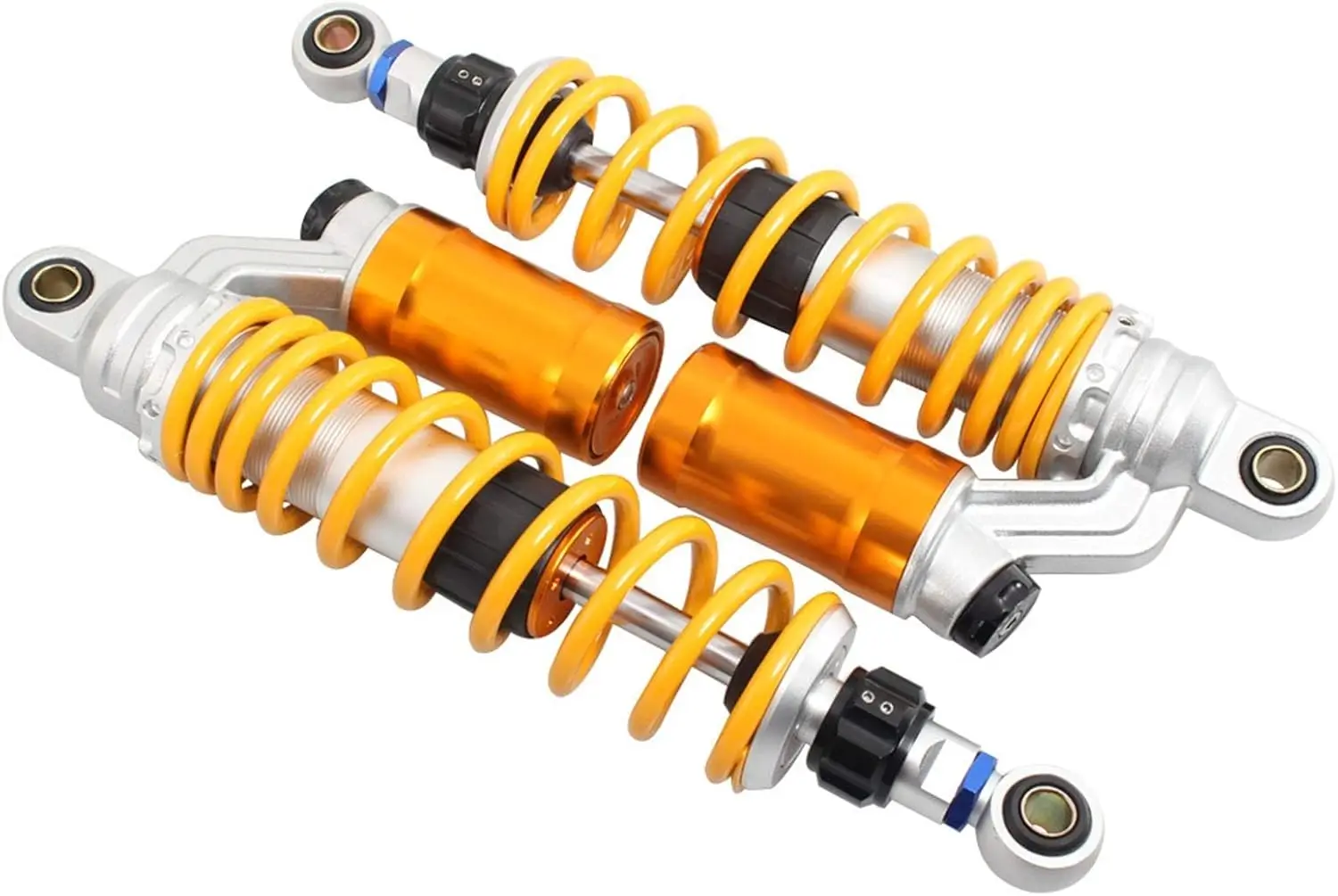
FAQs
1. Can I Upgrade from Fixed Suspension to Adjustable Suspension?
Yes, many riders upgrade their fixed motorcycle suspension by installing aftermarket adjustable components. However, it requires professional installation and can be expensive.
2. How Do I Adjust My Motorcycle’s Suspension?
Adjustments depend on the type of motorcycle suspension. Most motorcycles have dials or screws to modify preload, compression, and rebound. Always refer to your owner’s manual for proper settings.
3. Is Adjustable Suspension Necessary for Beginners?
Not necessarily. Fixed suspension is sufficient for casual riders and beginners, but as riding skills improve, an upgrade to adjustable suspension may enhance performance and comfort.
4. Does Adjustable Suspension Require Frequent Maintenance?
Yes, adjustable suspension components require periodic tuning, servicing, and lubrication to maintain optimal performance. Fixed suspension requires less maintenance.
5. Which Suspension Type Is Best for Heavy Riders?
Adjustable suspension is better for heavier riders because preload and damping can be adjusted to provide proper support and comfort.
6. Are Electronic Suspensions Better Than Manual Adjustable Suspensions?
Electronic suspensions offer real-time adjustments and convenience but are more expensive. Manual adjustable suspensions provide flexibility but require manual tuning.

Final Thoughts
Choosing between adjustable and fixed suspension depends on your riding style, experience, and budget. If you prioritize performance, comfort, and versatility, adjustable suspension is the way to go. However, if you prefer simplicity, affordability, and reliability, fixed suspension might be the best choice. Assess your needs carefully to ensure the best riding experience for your motorcycle. Need expert advice on motorcycle suspension? Contact us at Aliwheels for personalized recommendations and support!












